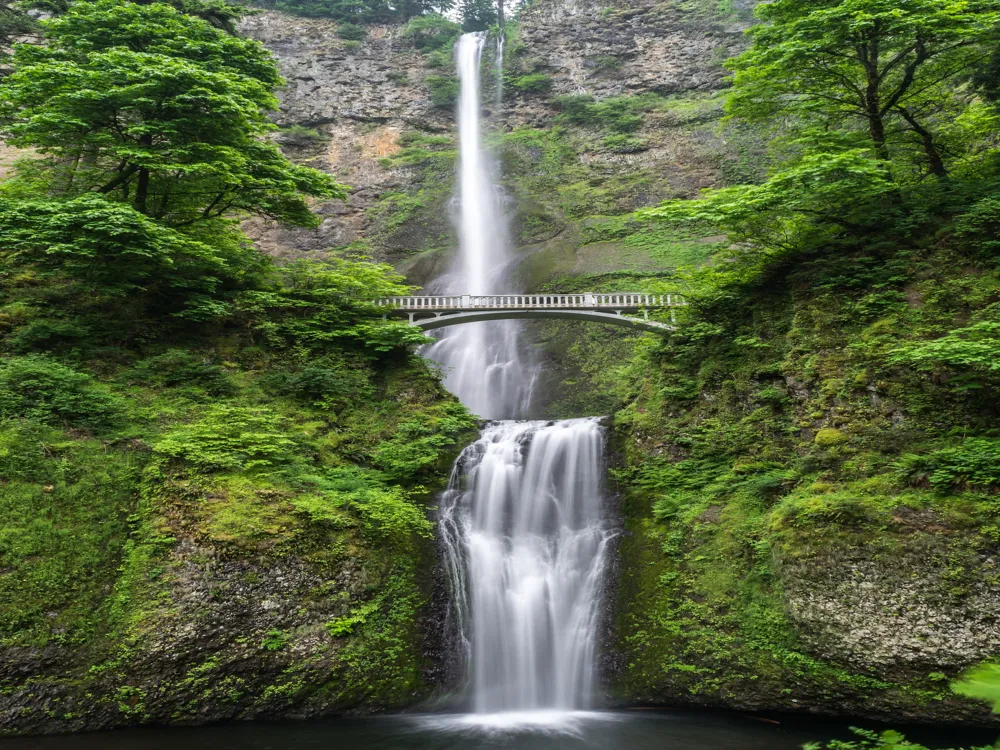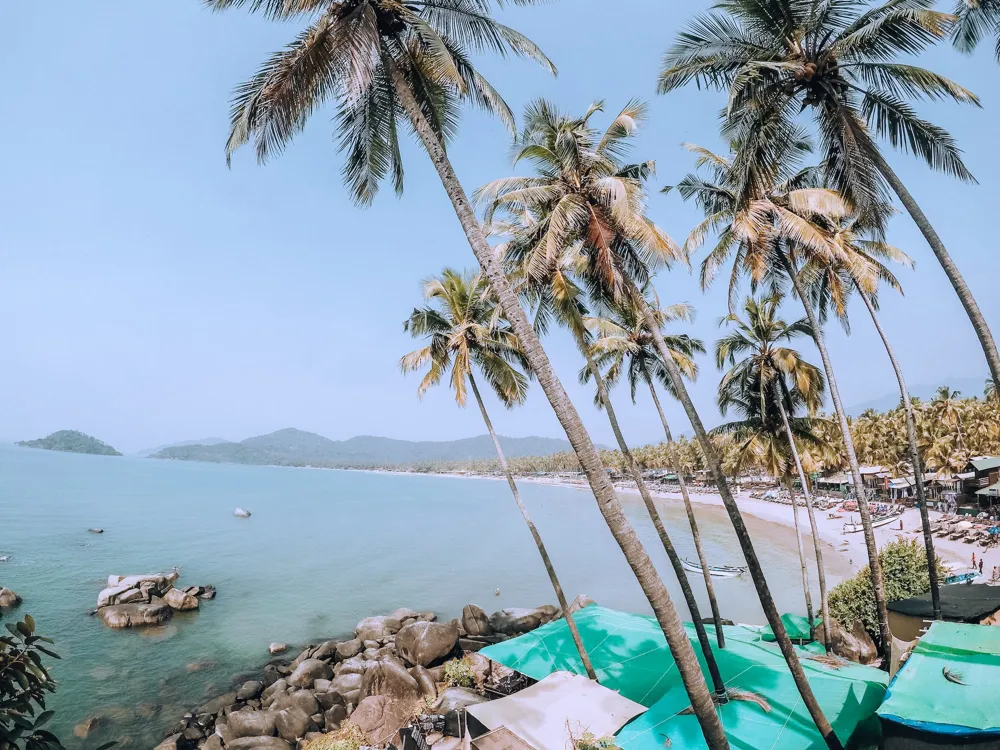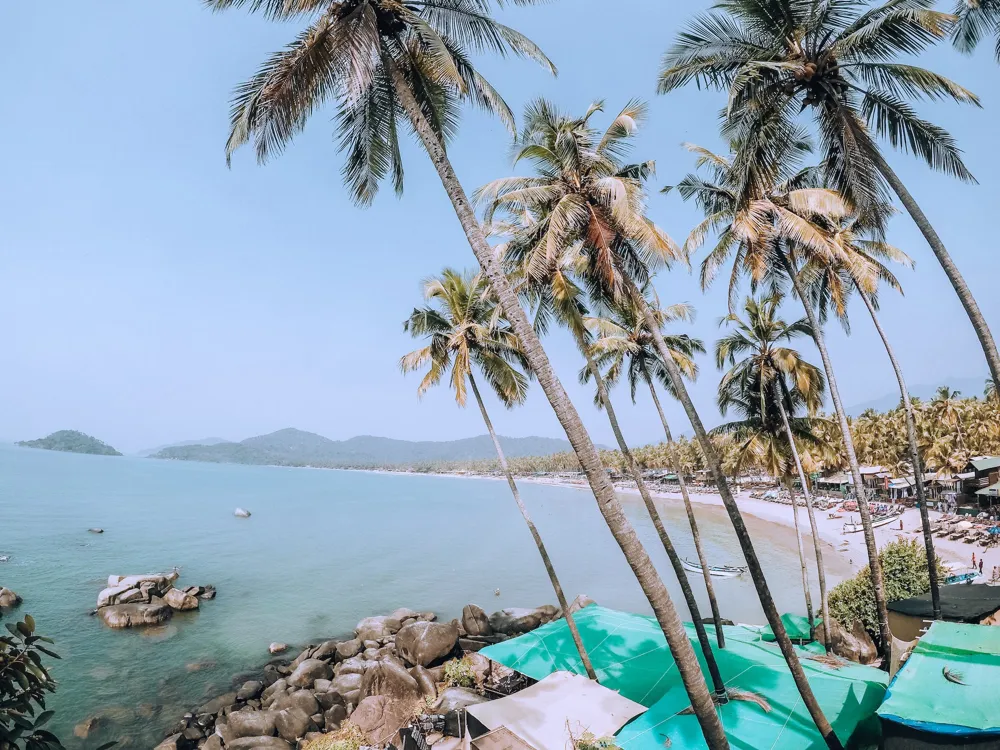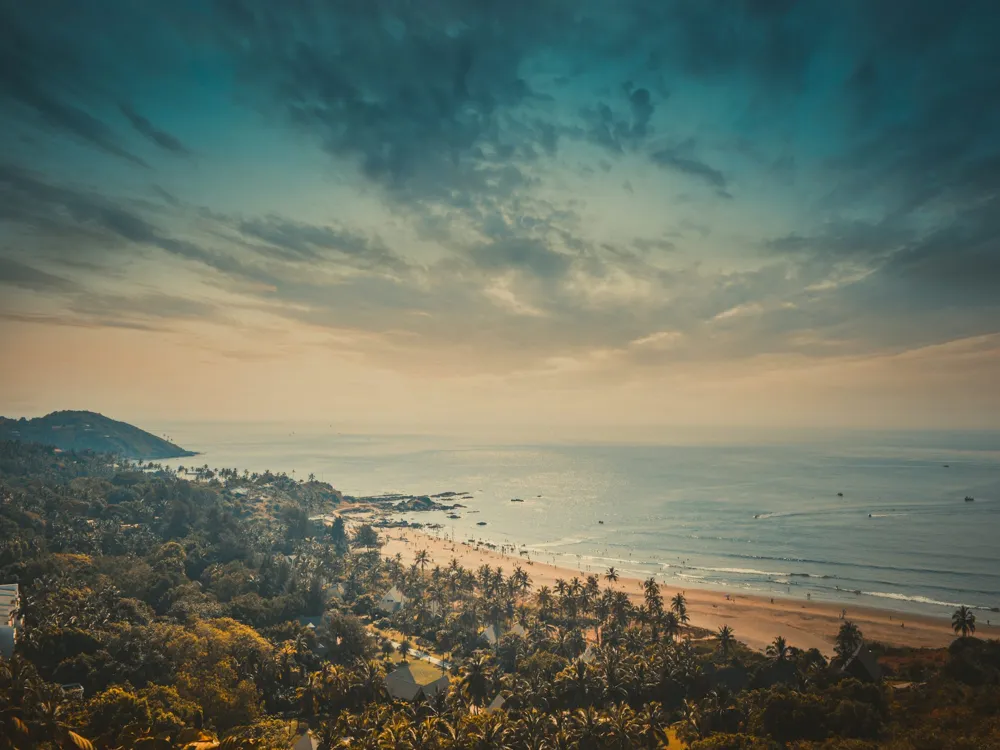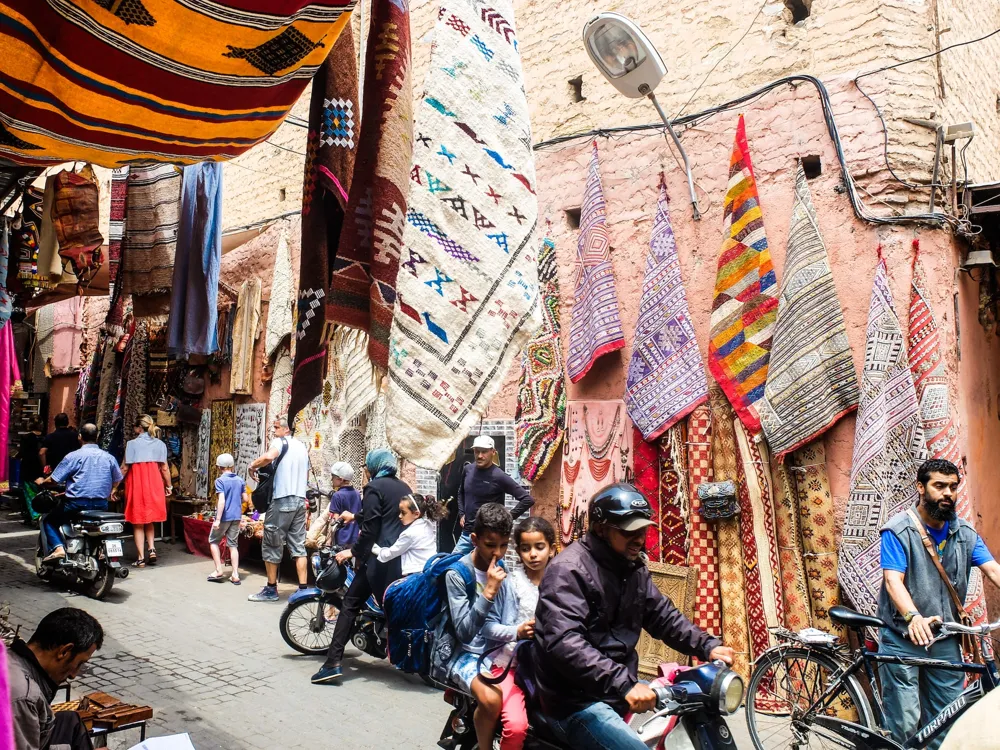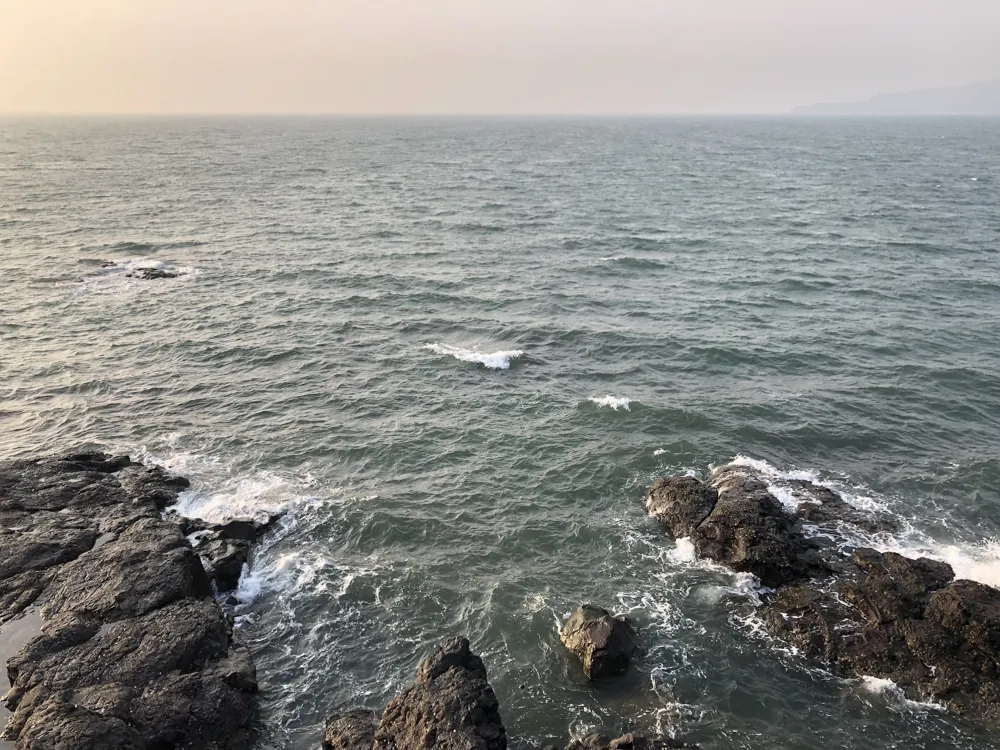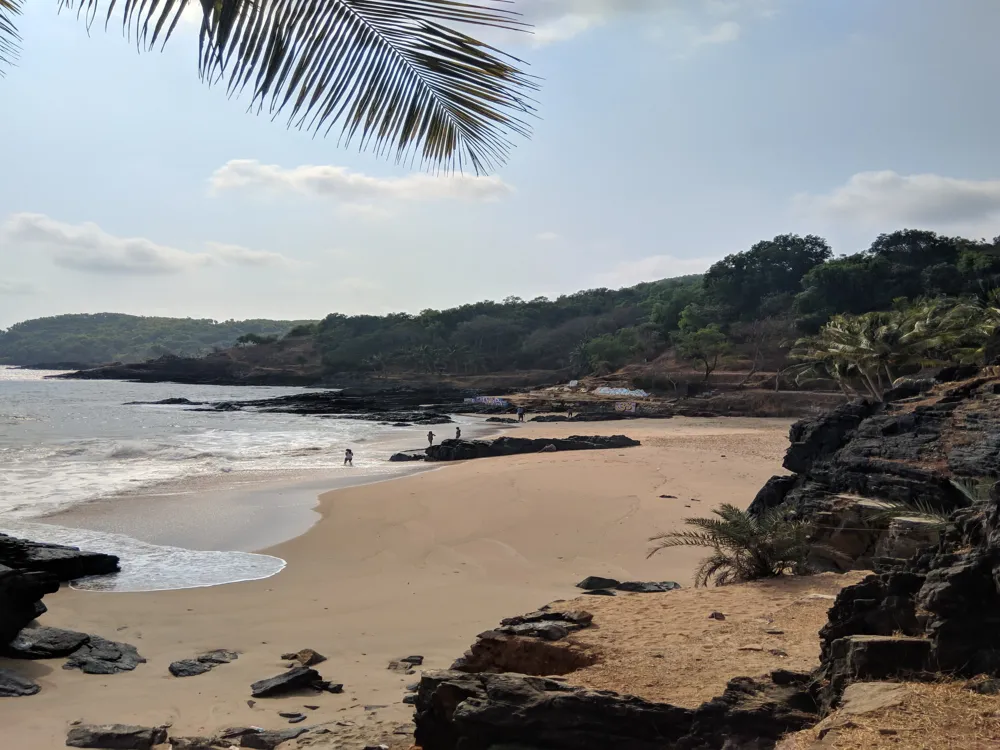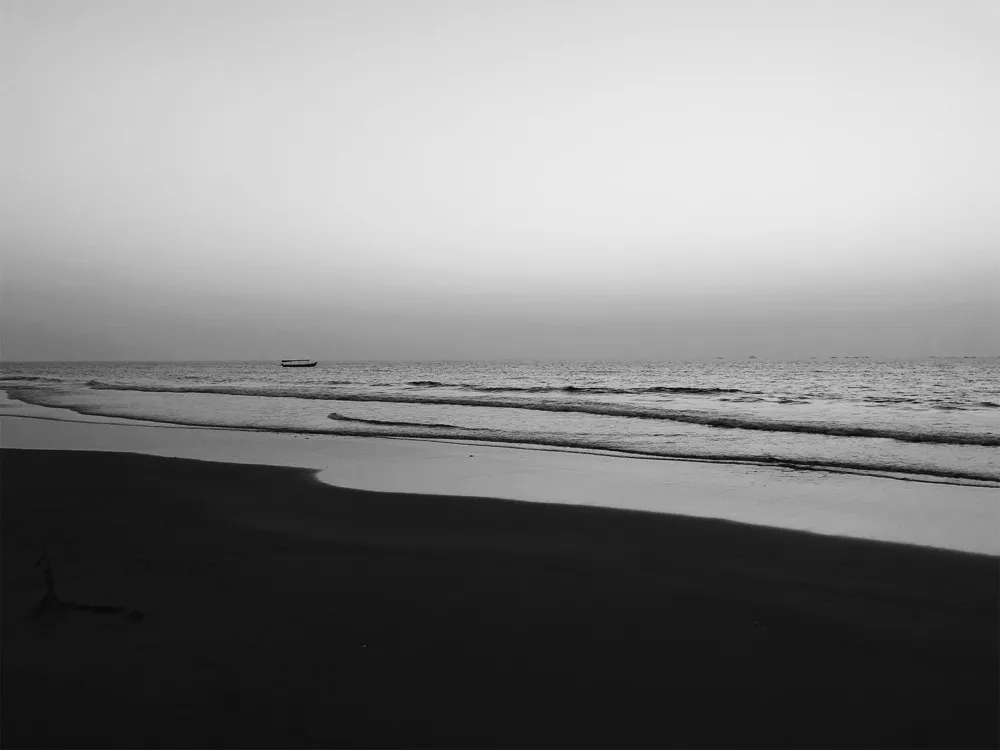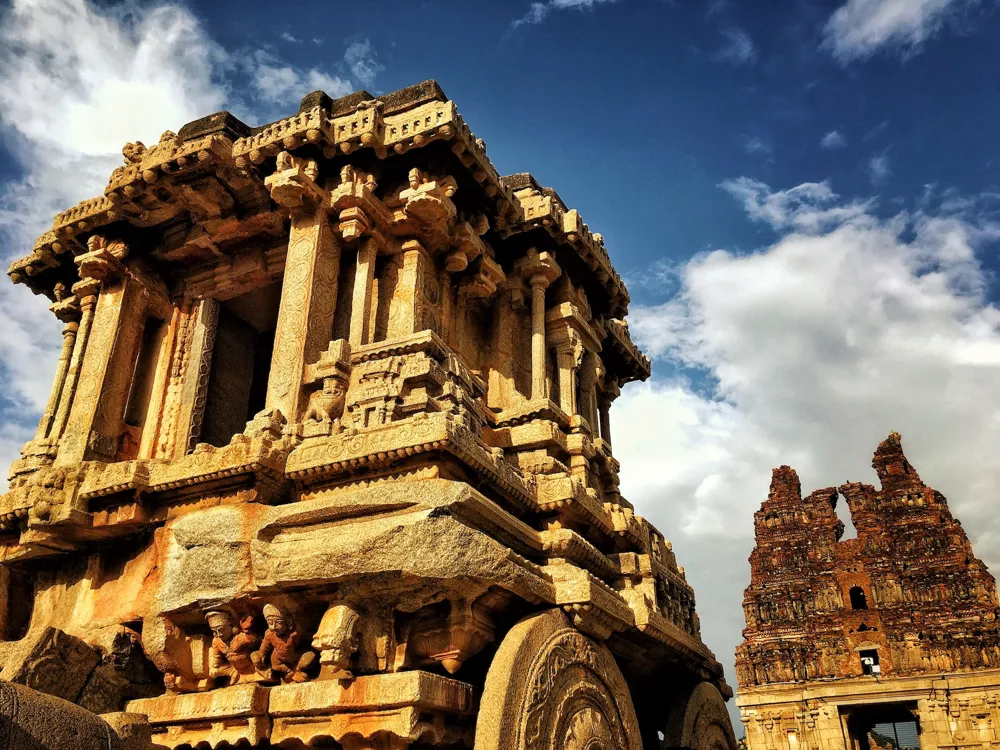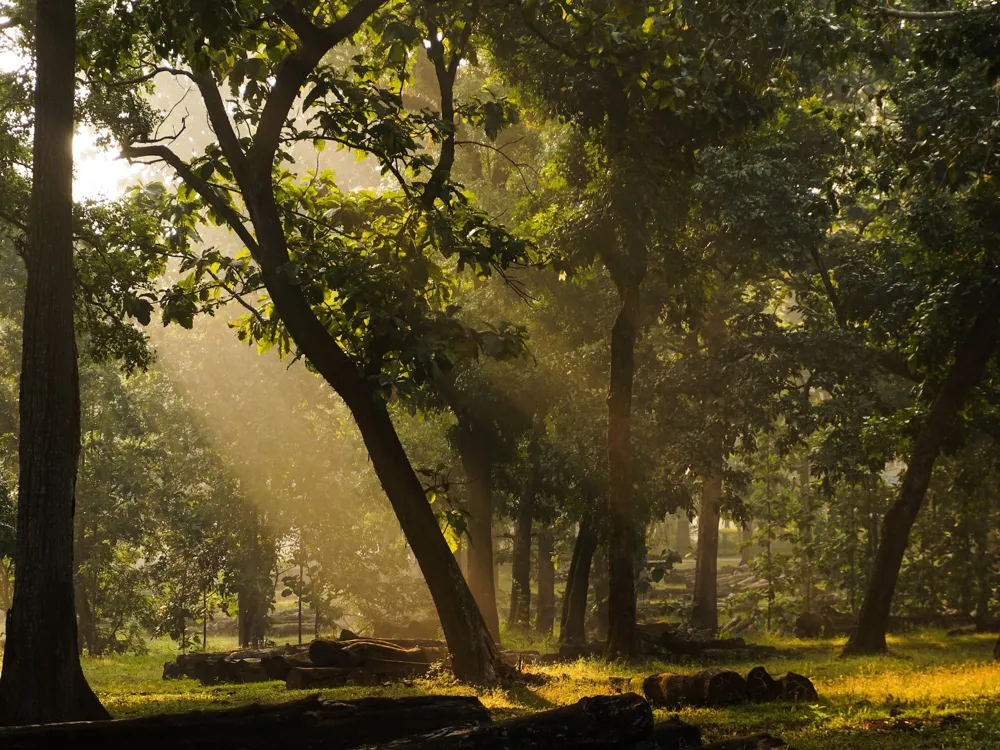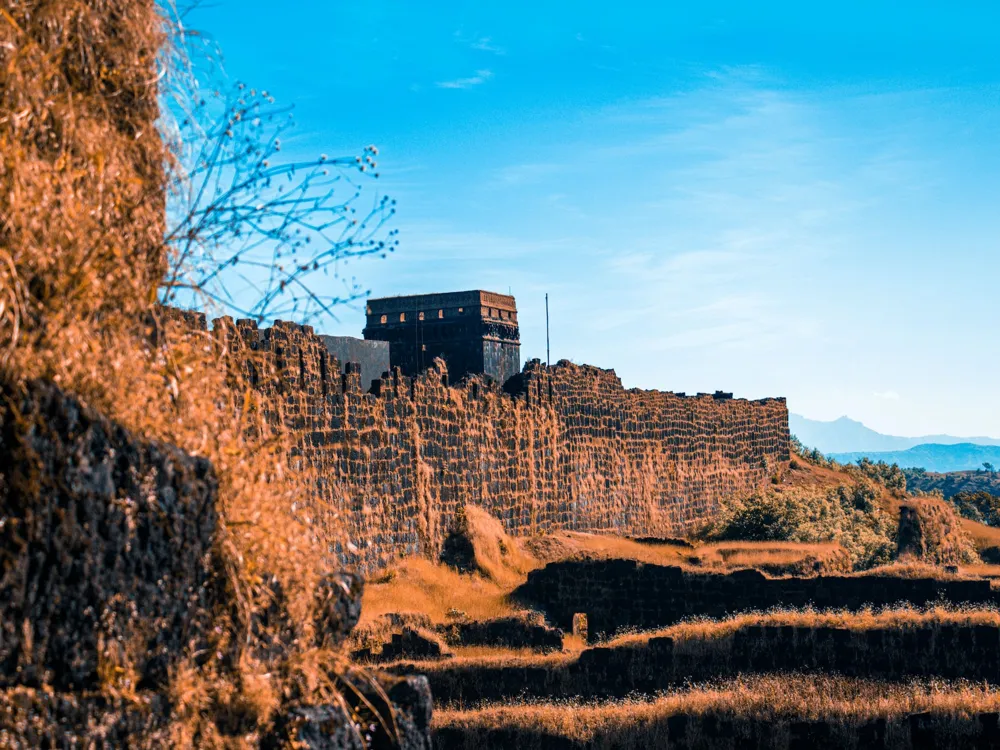Madgaon, or Margao as it is locally known, stands as the cultural and commercial capital of Goa, India's smallest yet strikingly beautiful state. Nestled in the heart of Goa, Madgaon is a bustling city that encapsulates the rich history, diverse culture, and vibrant lifestyle of Goan heritage. The city, historically known as Mathagram, meaning 'village of Mathas' due to the presence of many Hindu monasteries, serves as a gateway to the enchanting beaches of South Goa. Madgaon is famed for its picturesque landscapes, dotted with lush green fields and old-worldly Portuguese mansions. The city's history is deeply intertwined with Portuguese influence, evident in its architecture, cuisine, and lifestyle. Madgaon's bustling markets, like the famous 'Pimplapedd' or 'Madgaon Market', offer a glimpse into the daily life of locals, with an array of shops selling everything from spices and seafood to handicrafts and textiles. The city is also home to some of the most revered religious sites in Goa, such as the 'Holy Spirit Church', an exquisite example of Baroque architecture. The church, built in 1675, stands as a testament to Madgaon's rich colonial past and religious harmony. Additionally, Madgaon's proximity to some of Goa's most serene beaches, like Colva and Benaulim, adds to its allure, making it a must-visit destination for any traveler exploring Goa. Madgaon's history is a tapestry of various cultures and epochs, from ancient Hindu dynasties to Portuguese colonial rule. The city has been a melting pot of cultures, which is reflected in its architecture, cuisine, and cultural festivals. Madgaon was an important settlement even before the Portuguese arrival, serving as a trading hub for merchants from different parts of the world. The Portuguese influence began in the 16th century, leaving an indelible mark on the city's cultural landscape. This era saw the construction of numerous churches, chapels, and mansions, many of which stand to this day, offering a window into the past. Madgaon's role in Goa's liberation movement is also noteworthy, with several landmarks commemorating the struggle for freedom from Portuguese rule. Madgaon is located in South Goa, nestled along the banks of the River Sal. The city experiences a tropical monsoon climate, characterized by a hot and humid summer, a monsoon season with heavy rainfall, and a mild winter. The best time to visit Madgaon is between November and March when the weather is pleasant and conducive to exploring the outdoors and the beaches. The cultural fabric of Madgaon is rich and vibrant, with an array of festivals celebrated throughout the year. Prominent among them are the Carnival, Shigmo (spring festival), and the Feast of the Holy Spirit. These festivals showcase the city's rich traditions, colorful processions, and lively music and dance performances. Madgaon's cuisine is a delectable blend of Konkani, Portuguese, and modern culinary influences. The local food scene offers everything from spicy seafood to traditional Goan sweets like Bebinca and Dodol. The city's numerous eateries and street food stalls provide a gastronomic experience that is quintessentially Goan. The architecture of Goa is a unique blend of Indian and Portuguese styles, a legacy of over 450 years of Portuguese rule. This architectural amalgamation is most evident in the state's churches, temples, and old homes, making Goa a veritable museum of historical and cultural significance. Goan architecture is characterized by its distinct use of color, structural designs, and decorative elements. The Portuguese influence brought with it the Baroque and Rococo styles, which are prominently seen in the churches and public buildings. These structures are noted for their ornate altars, intricate woodwork, and stunning frescoes. One of the most iconic examples is the Basilica of Bom Jesus in Old Goa, a UNESCO World Heritage Site, known for its exquisite Baroque architecture and the sacred relics of St. Francis Xavier. Goan temples present a different architectural style, reflecting the indigenous form known as the 'Nagara' style of architecture. These temples, often set amidst lush greenery, exhibit intricate carvings, towering 'Deepastambhas' (lamp towers), and spacious courtyards. The Mangueshi Temple and the Mahalasa Temple are prime examples of this style, showcasing the blend of Indian and Portuguese architectural influences. Goan houses, often referred to as 'Casas', are another highlight of Goan architecture. These houses are a fusion of Indian and Portuguese architectural styles, known for their brightly colored exteriors, ornamental balconies, and tiled roofs. The interiors often feature high ceilings, large family halls, and intricate woodwork, reflecting the socio-cultural ethos of the Goan lifestyle. The Portuguese left a lasting impact on Goa's architectural landscape. This influence is most visible in the layout of towns and villages, which often resemble those in Portugal. The use of azulejos (painted ceramic tiles), oyster shell windows, and the distinctively Goan balcões (balconies) are all hallmarks of this influence. Churches in Goa are prime examples of the Portuguese architectural legacy. The Se Cathedral, the Church of St. Francis of Assisi, and the Church of Our Lady of the Immaculate Conception are some of the architectural marvels that exhibit the Portuguese Baroque style, with their grand façades, soaring ceilings, and intricate altars. Preserving the architectural heritage of Goa has become a priority in recent years, with several initiatives undertaken to maintain and restore these historic structures. The Government of Goa, along with various NGOs and local communities, are actively involved in the conservation and restoration of these architectural landmarks to ensure that they continue to tell the story of Goa's rich and diverse history. In recent years, Goan architecture has also embraced modern and sustainable design principles. Contemporary architects in Goa are blending traditional styles with modern techniques to create buildings that are environmentally sustainable and culturally resonant. The use of local materials, passive cooling techniques, and integration of green spaces are some of the aspects of this new architectural movement in Goa. For architecture enthusiasts, Goa offers a wealth of opportunities for exploration and study. Architectural tours are available, taking visitors through historic neighborhoods, showcasing the blend of Eastern and Western architectural styles. These tours provide a deeper understanding of Goan architecture, its evolution, and its significance in the broader context of Indian and colonial history. The best time to visit Goa is between November and March when the weather is pleasant, and the skies are clear. This period avoids the heavy monsoon rains and the extreme heat of summer, making it ideal for beach activities and sightseeing. Goa offers various transportation options, including buses, taxis, and motorbike rentals. For an authentic Goan experience, renting a scooter or a motorbike is recommended, as it allows visitors to explore the region at their own pace. However, always be cautious and follow local traffic regulations. Goa, while liberal, has its cultural norms. Dressing modestly, especially when visiting religious sites, and respecting local traditions and customs is important. Goans are known for their hospitality, and a respectful attitude towards their culture and traditions will enhance your experience. While Goa's beaches are inviting, it's crucial to follow safety guidelines. Always swim in designated areas and heed the advice of lifeguards. Avoid swimming in the ocean at night or under the influence of alcohol, as currents can be strong. Goan cuisine is a highlight of any visit. Don't miss out on local seafood, Goan curries, and Portuguese-influenced dishes. However, be cautious with street food and ensure it's fresh and cooked in hygienic conditions. Drinking bottled water is recommended to avoid waterborne illnesses. Goa is accessible by air, road, and rail. The Dabolim Airport in Goa is well-connected to major Indian cities and some international destinations. For those preferring to travel by train, Goa has several railway stations, with Madgaon being one of the primary ones, connecting it to major cities across India. Road travel is also a viable option, with well-maintained highways and scenic routes leading to Goa from neighboring states. Once in Goa, transportation options are plentiful, with local buses, taxis, and rental services available for easy travel within the state. For a truly immersive experience, consider hiring a bike or a scooter, which are widely available and offer a flexible way to explore the diverse landscapes of Goa.Overview of Madgaon, Goa
Historical Significance of Madgaon
Geography and Climate of Madgaon
Cultural Festivities and Cuisine of Madgaon
Architecture of Goa
Portuguese Influence on Goan Architecture
Preservation of Goan Architecture
Modern Influences and Sustainable Architecture in Goa
Architectural Tours and Studies in Goa
Tips When Visiting Goa
Best Time to Visit
Local Transportation
Cultural Etiquette
Beach Safety
Food and Drink
How To Reach Goa
Fernandes House
Madgaon
Goa
NaN onwards
View goa Packages
Weather :
Tags : Museum
Location : Chandor, Goa
Planning a Trip? Ask Your Question
Goa Travel Packages
View All Packages For Goa
Top Hotel Collections for Goa

Private Pool

Luxury Hotels

5-Star Hotels

Pet Friendly
Top Hotels Near Goa
Other Top Ranking Places In Goa
View All Places To Visit In goa
View goa Packages
Weather :
Tags : Museum
Location : Chandor, Goa
Planning a Trip? Ask Your Question
Goa Travel Packages
View All Packages For Goa
Top Hotel Collections for Goa

Private Pool

Luxury Hotels

5-Star Hotels

Pet Friendly







